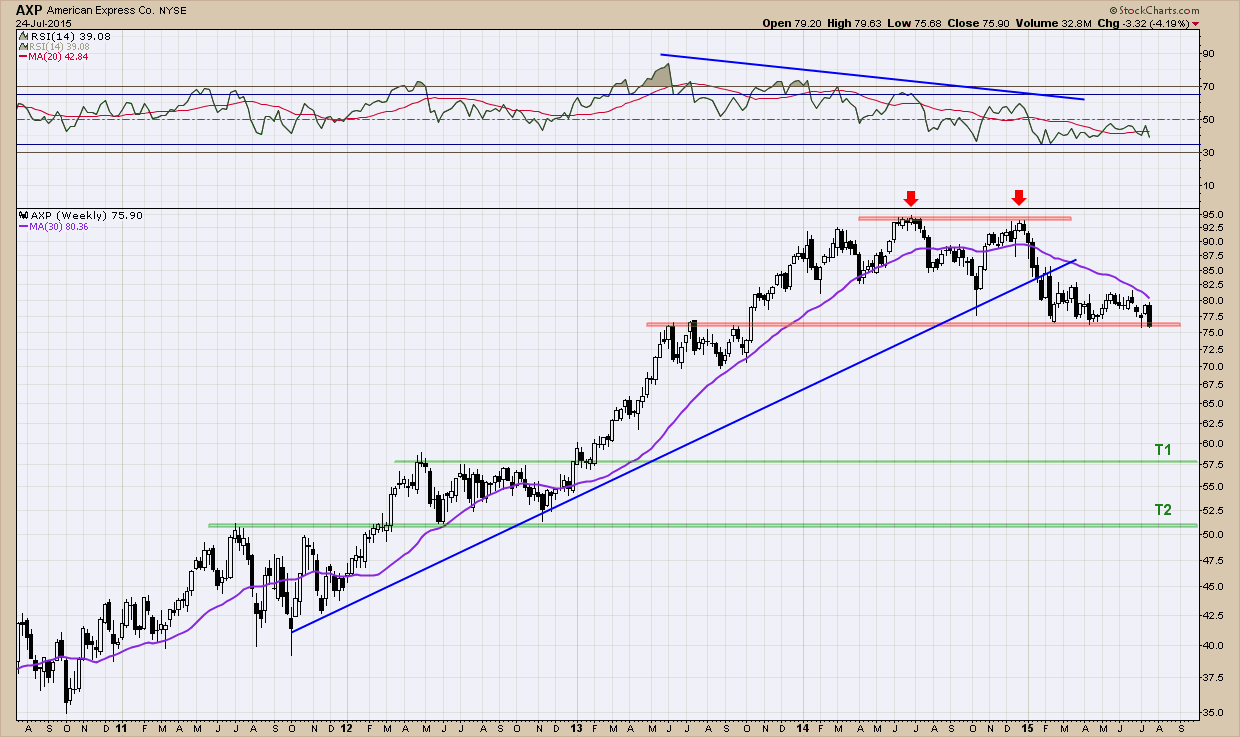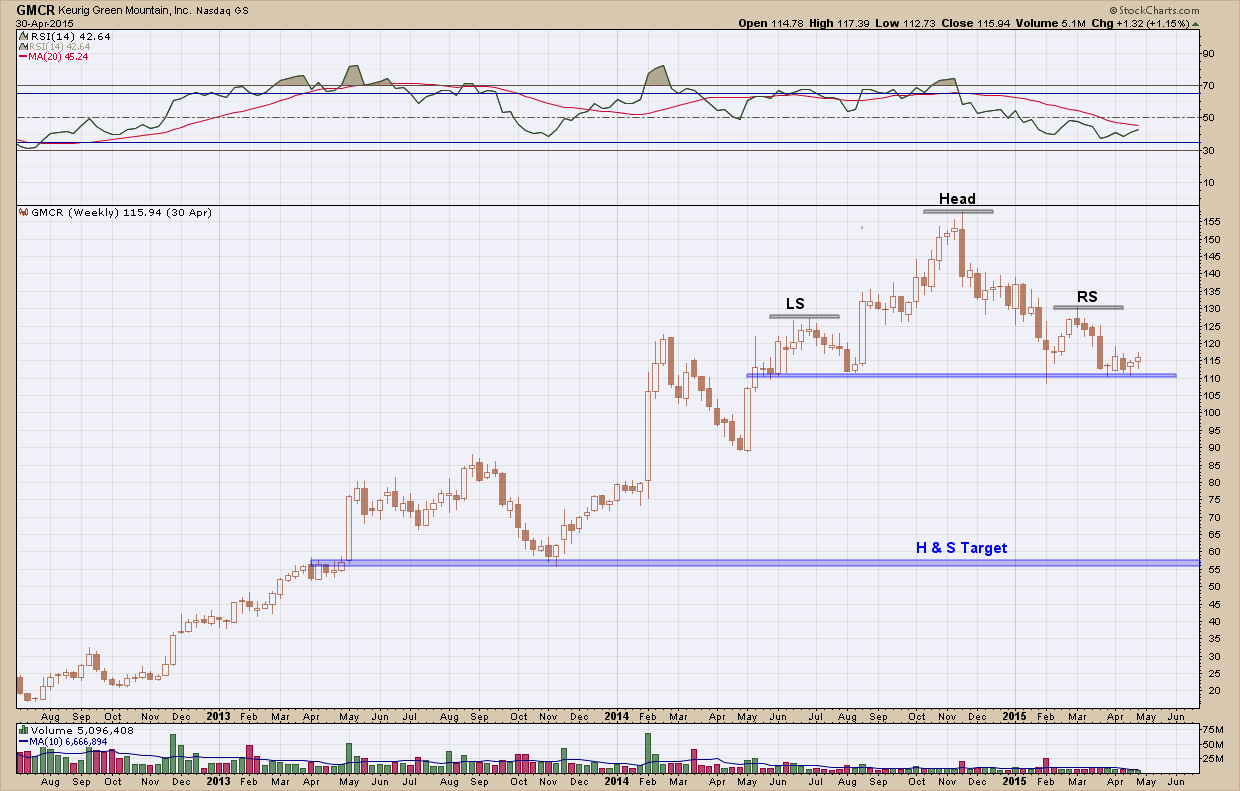As a market technician my investment decisions are driven mostly by technical analysis. That is not to say I do not use fundamental analysis, because I do. For me fundamentals reinforce rather than drive investment decisions. With that being said, I want to provide a rare fundamental chart that I am watching closely, that of stock prices and earnings. Investors have been told and conditioned to invest in stocks as long as earnings keep rising. The chart below illustrates how powerful the correlation is.
What should jump out at you is the path of corporate earnings (purple line). Since the oversold 2009 bottom and the subsequent parabolic rise of both off their bottoms, earnings have followed a stair-step path higher. They step higher, level off, step higher, then level off. Wash, rinse, repeat. What should also be evident is that stocks lead earnings meaning stocks find tops and bottoms first. Since the beginning of this year when earnings took their last step up, stocks and earnings have gone in opposite directions. Earnings have declined slightly while stocks have gone (ever so) slightly higher.
The bottom line here is we have a short term divergence in stocks and earnings which indicates the increased likelihood a correction for one of the two is in our future if this correlation is to hold. The question is which one? Will stocks fall to synch with earnings or will earning beat estimates and confirm stock prices? Without question,n now that much of the uncertainties have been resolved (at least temporarily) surrounding Russia, China, Greece and the FED hiking rates, you have to believe this is an extremely important metric investors are now concentrating on.
What do you think?







